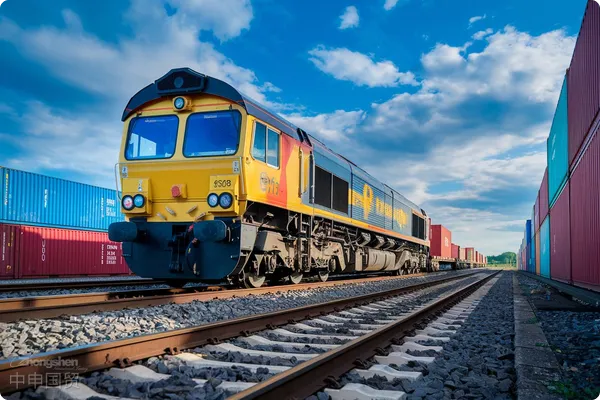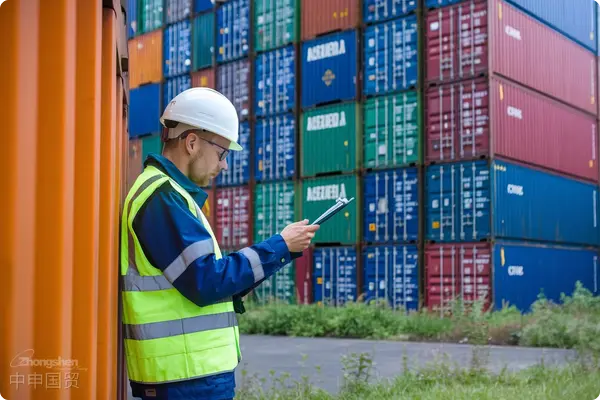- Shanghai Zhongshen International Trade Co., Ltd. - Two decades of trade agency expertise.
- Service Hotline: 139 1787 2118

Against the export rebound, December China-Russia
bilateral trade totaled $21.97 billion, up just 0.3% YoY, with imports from Russia at $10.67 billion (down 4.7% YoY), marking five consecutive monthly declines. For 2024, Chinas imports from Russia stagnated at $129.3 billion, showing no clear recovery. Energy and resource products dominated imports, but global oil price volatility, Russian output changes, and restricted financial channels hindered trade expansion.import and exportFull-year 2024 China-Russia trade reached $244.8 billion, up 1.9% YoY. Exports to Russia grew 4.1% to $115.5 billion, while imports held steady at $129.3 billion. By contrast, Chinas total
foreign trade hit $6.2 trillion in 2024 (up 3.8% YoY), with exports at $3.58 trillion (+5.9%) and imports at $2.58 trillion (+1.1%). China-Russia trade growth lagged behind overall performance, reflecting geopolitical risks from the Ukraine conflict, inflation, energy shifts, and US sanctions, creating monthly and annual uncertainties.foreign tradeIndustry observers note that sanctions on Gazprombank and other Russian financial institutions inevitably restricted cross-border settlements. Novembers export drop directly reflected these financial constraints, as Russian firms faced dollar/euro payment hurdles. Decembers rebound suggests partial adoption of alternative settlements (e.g., local currencies), presenting both opportunities and challenges for long-term trade resilience.
Meanwhile, evolving Chinese demand and Russian consumer capacity impact bilateral trade. Russias import substitution and localization efforts, plus partnerships with emerging markets, may pressure Chinese mid-to-low-end manufacturers to upgrade brands, tech, and channels. Chinas exports span machinery, electronics, auto parts, and textiles, with varying external shocks driving high short-term volatility.
On the other hand, the evolution of Chinas domestic demand and Russias consumption capacity is also affecting bilateral trade. In recent years, Russia has gradually promoted import substitution and local manufacturing due to sanctions and considerations of domestic industrial autonomy. In terms of investment and production integration, Russia has actively strengthened cooperation with emerging markets in Asia, Africa, and Latin America, and is also committed to achieving self-sufficiency. For Chinese enterprises, the market space for those mid-to-low-end manufactured products or services that were once popular in the Russian market may face pressure in the future, urgently requiring upgrades in brands, technology, and channels to maintain competitive advantages. Meanwhile, Chinas exports to Russia also cover multiple categories such as electromechanical products, electronic consumer goods, auto parts, and clothing textiles, with different categories facing inconsistent external environmental impacts, resulting in high short-term volatility.
It is worth mentioning that energy cooperation remains a crucial pillar of China-Russia economic and trade relations, particularly in oil, natural gas, and coal. However, global energy price trends and Russias energy production fluctuations are influenced by both political and market factors. The continuation of U.S. financial sanctions against Russia may also impact energy payments and settlement cycles again. Therefore, while the outlook may not necessarily be pessimistic, significant recovery or a sharp decline in the short term is unlikely, with numerous uncertainties remaining.
Related Recommendations
? 2025. All Rights Reserved. 滬ICP備2023007705號(hào)-2  PSB Record: Shanghai No.31011502009912
PSB Record: Shanghai No.31011502009912









